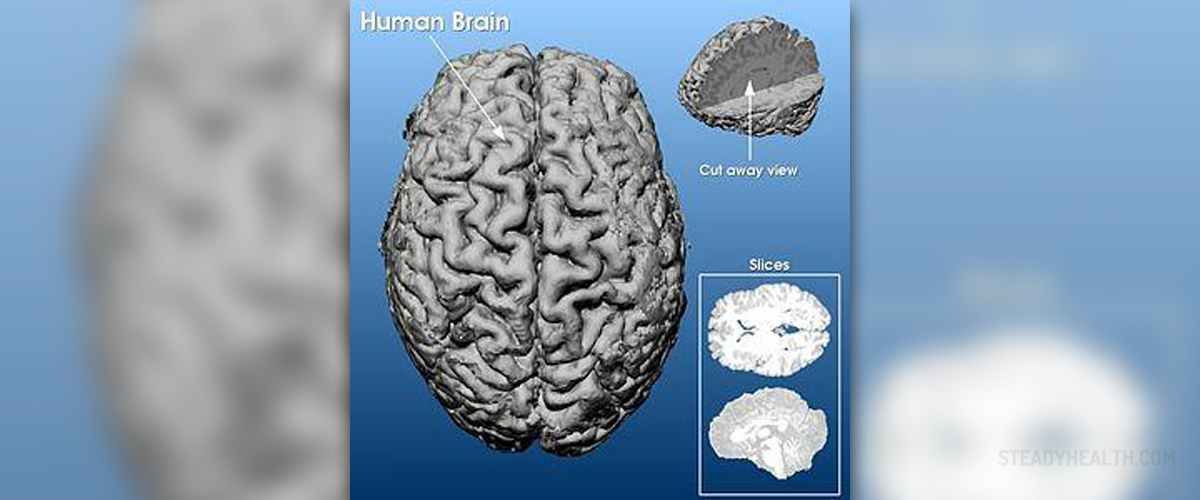
Depression is one of the most common psychological problems that people around the world experience. However, this does not mean that this is a problem which can be neglected or ignored. Rather, the impact that depression can have on an individual's life may be catastrophic, especially in cases of long-term, chronic exposure.
Fortunately, many different medical approaches and methods are capable of dealing with depression, decreasing its intensity or removing it completely. One of these methods is deep brain stimulation. If you desire to find out more about deep brain stimulation and the effect it has on depression, read on.
What is Deep Brain Stimulation?
Deep brain stimulation is a surgical procedure which involves implanting a specially designed item called the brain pacemaker inside the brain. This device sends specific electric impulses to designated parts of the brain, resulting in removal of depression and many other problems of this type. However, due to the intrusive characteristics of this procedure, it is usually considered to be the last resort, carried out once all other methods have proved to be useless.
Interestingly, regardless of the fact that DBS has made remarkable results in various forms of treatment and therapy, the complete information behind its effectiveness are yet to be obtained. We know that DBS changes the way that our brain functions. Yet, these changes can be controlled and managed successfully, allowing the surgeons and therapists to alter the method in order to achieve better results.
DBS is approved by the FDA for treating specific conditions such as essential tremor, Parkinson's disease and dystonia. Also, DBS is commonly used for helping people overcome their chronic depression problems. Yet, due to the side-effects that this surgical procedure may cause, the DBS should be carefully controlled and medically maintained.
As for the components involved in DBS, there are three of them, the implanted pulse generator, the lead and the extension. The first item, the implanted pulse generator is a device which runs on batteries, emitting electric energy which interferes with the neural activity of a certain part of the brain. Next, the lead is a special type of a wire, protected and isolated by polyurethane, ending with 4 platinum electrodes which are connected to the brain. The thing that connects the lead with the IPG is called the extension and it is a wire which spreads from the head, through the neck and behind the ear, where the IPG itself is located.
Due to the fact that DBS device needs to be adequately calibrated, only certain members of the medical staff may handle this. These are neurologists, nurses or trained technicians.
Naturally depending in the type of the problem in the brain, the electrodes are placed onto a specific area, the area which needs to be altered, in terms of the neurological actions which are not adequate. Since all three components need to be installed inside the head of the patient, a small hole needs to be created in the skull. The whole process is carried out under the effect of general anesthesia given to the patient beforehand. If the left side of the body needs to be regulated, the right side of the brain is affected by DBS and vice-versa.
Where is Deep Brain Stimulation Used?
One of the diseases which can be treated through DBS is Parkinson's. Basically, even though DBS cannot make the condition disappear, it can keep some of its symptoms at bay, making the lives of the troubled patients much less complicated. As it was mentioned above, this approach is only taken into consideration once all other methods have proven useless. Furthermore, since Parkinson's can affect several parts of the brain, depending on the occurrence of it, the DBS is installed differently.
The main risks related to DBS as a part of treatment for Parkinson's is the fact that complications may appear after the surgery, leading to a need for yet another one.
One of the treatments which are bound to receive more attention and praise in the future is the DBS for removing the symptoms of major depression. Here, through special brain imaging, the surgeons manage to locate the source of problems within the brain of the patient and perform the surgery properly afterwards. According to previous successful cases of DBS as a form of major depression treatment we have information that about 23 people managed to solve their problems, 9 of them suffering from OCD, 7 from depression and the rest showing symptoms of both.
DBS was also used for helping people who suffer from Tourette syndrome and, since 2006, 5 patients were successfully treated, experiencing a significant improvement and absence of many of the symptoms. Also, according to medical records regarding the DBS, a man who has problems with his low levels of consciousness was treated with this method and he managed to eat normally again, bring cups to his mouth and name object even though he was incapable of both talking and performing some basic motor actions beforehand.
All in all, deep brain stimulation holds great promise and is bound to show some other remarkable results in depression treatment, as well as many other forms of medical interventions in the future.

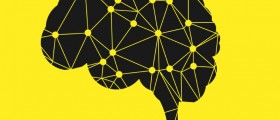
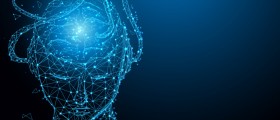
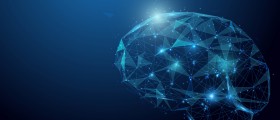
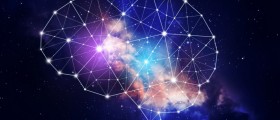
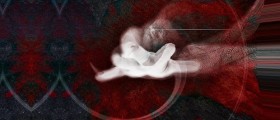
-When-You-Have-Parkinson's-Disease_f_280x120.jpg)


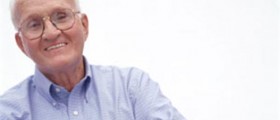
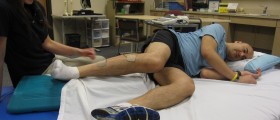

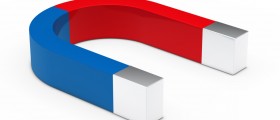

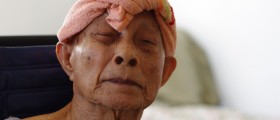

Your thoughts on this
Loading...